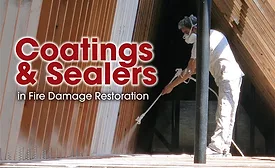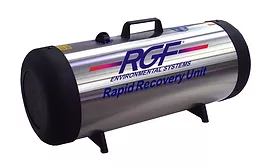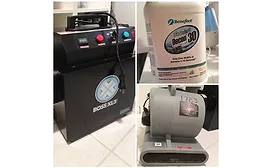Home » deodorization
Articles Tagged with ''deodorization''
CoreLogic Analysis Shows More Than 86,000 Homes in Southern California at Risk from the Thomas, Rye and Creek Wildfires
Read More
Stay ahead of the curve with our eNewsletters.
Get the latest industry updates tailored your way.
JOIN TODAY!Copyright ©2025. All Rights Reserved BNP Media.
Design, CMS, Hosting & Web Development :: ePublishing












